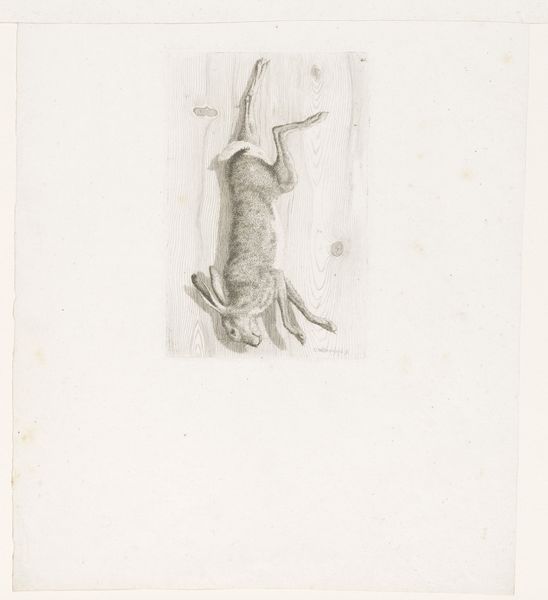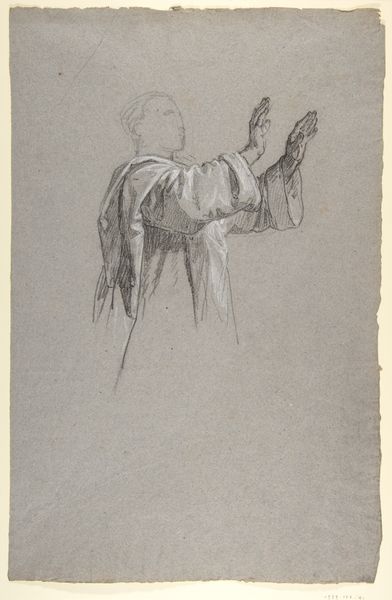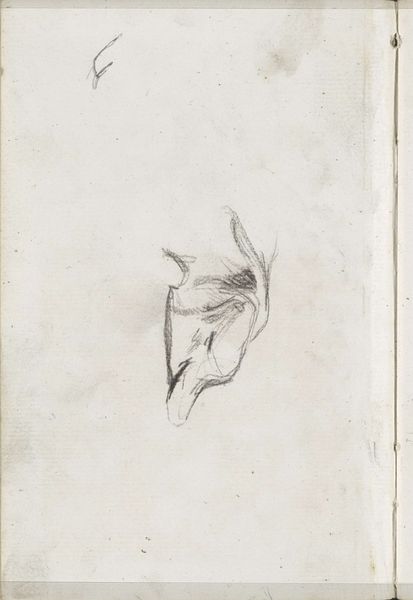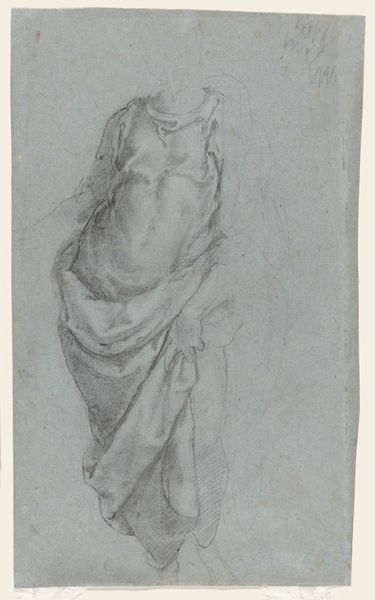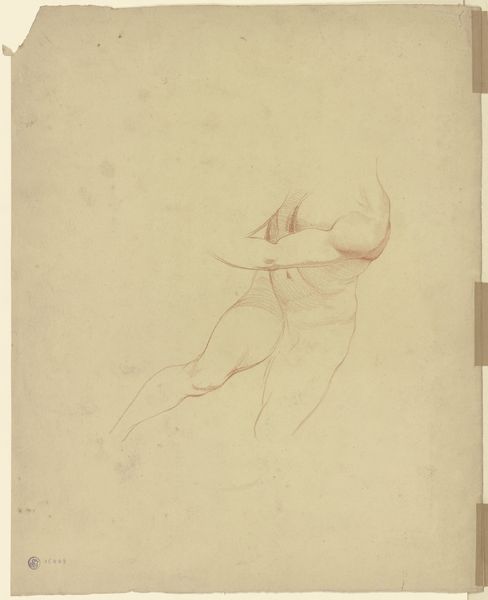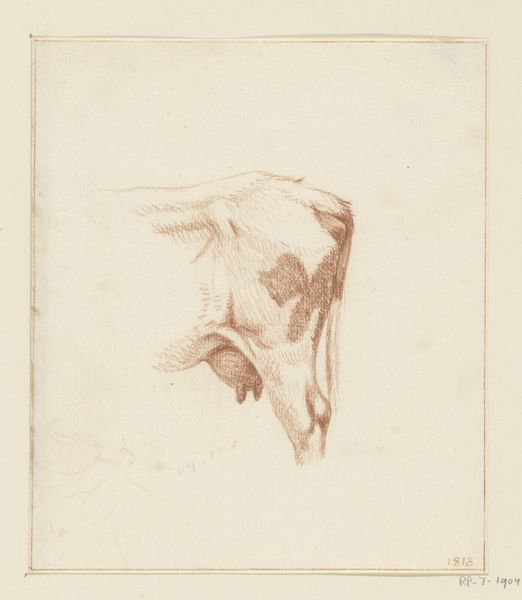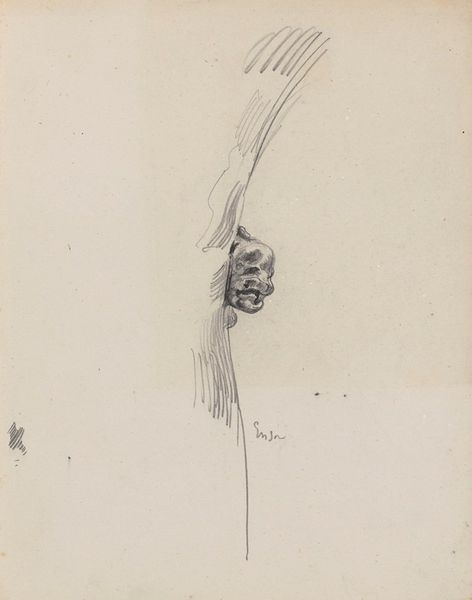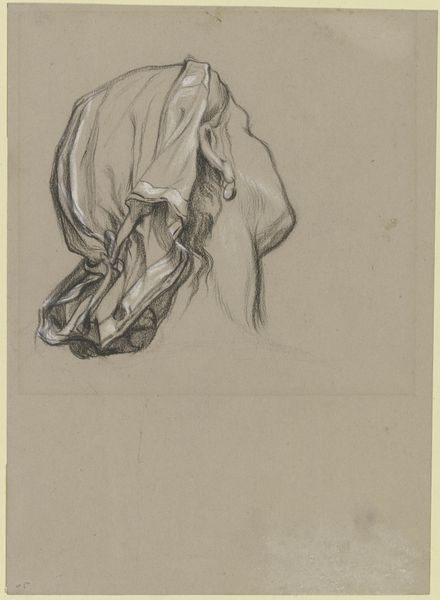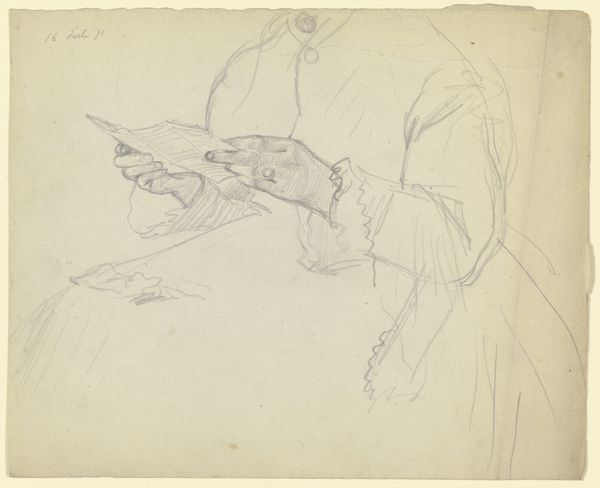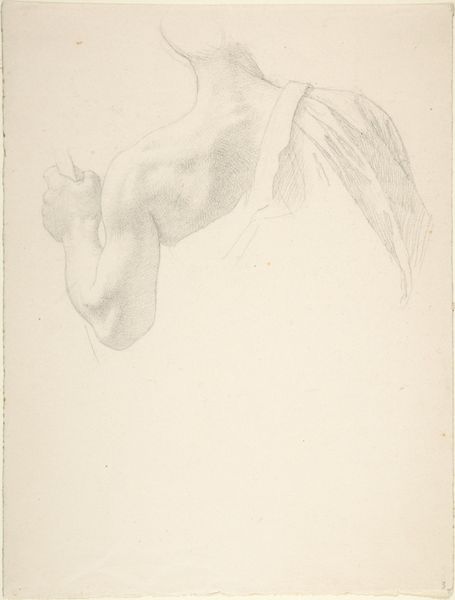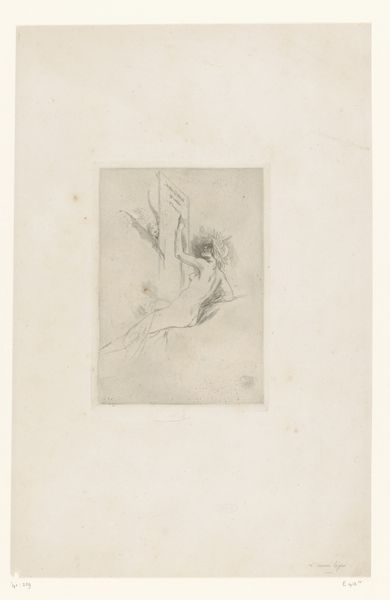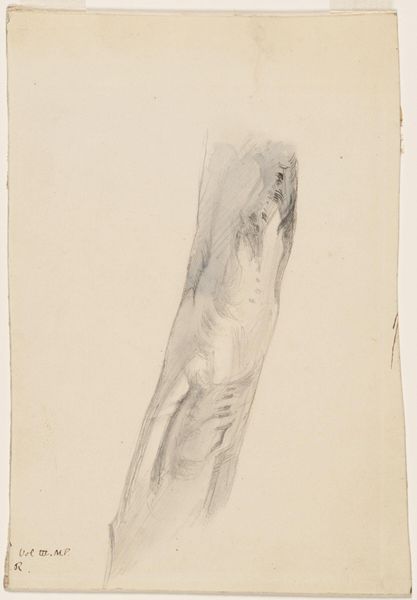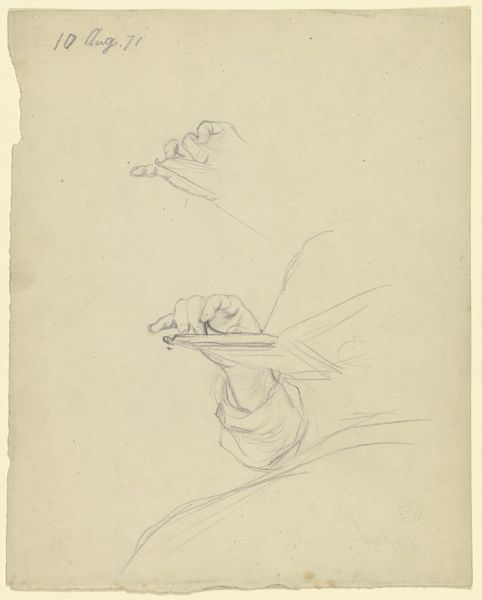
drawing, pencil, chalk
#
portrait
#
pencil drawn
#
drawing
#
baroque
#
figuration
#
pencil
#
chalk
#
pencil work
#
academic-art
#
rococo
Copyright: Public Domain
Editor: This drawing, "Zwei Hände, die eine mit Stab," or "Two Hands, one with Staff," created around 1740 by Giovanni Battista Tiepolo, is a striking study in pencil and chalk. There's an immediacy to it, a feeling that we're witnessing the artist capturing a fleeting gesture. What can you tell me about this work? Curator: It’s fascinating how a seemingly simple sketch like this offers a window into the artistic practices and social hierarchies of 18th-century Venice. These studies of hands were often preparatory exercises, honing Tiepolo’s skills for larger commissions, often for wealthy patrons or religious institutions. Editor: So it was practice for something bigger? Curator: Precisely. Consider the status of artists at the time; skill in rendering the human form was paramount to power and prestige. Mastering details like the expressiveness of hands allowed artists to communicate narrative and emotion in their paintings and frescoes, solidifying their social standing and that of their patrons through visual rhetoric. Does that hand holding the staff suggest power or vulnerability to you? Editor: I hadn't thought about it that way, but it feels like the staff provides some form of control, maybe even authority? Like a conductor's baton almost? Curator: Exactly. And in the 18th century, those symbols were crucial to reading paintings correctly. The seemingly "academic" exercise is deeply interwoven with the visual and political culture of its time. Looking at it now, how do you understand the purpose of academic drawings like this, knowing the history and social influences on art creation at the time? Editor: It makes me think about art education and the role of patronage so much more critically now. I always assumed that drawing hands was some boring practice for art students, but clearly that hand had stories to tell, both in art and society. Curator: Indeed, every element, down to the angle of a hand, played a part in communicating specific messages to audiences steeped in the visual language of the period. Considering art’s public role deepens our appreciation for seemingly simple images like this.
Comments
No comments
Be the first to comment and join the conversation on the ultimate creative platform.
